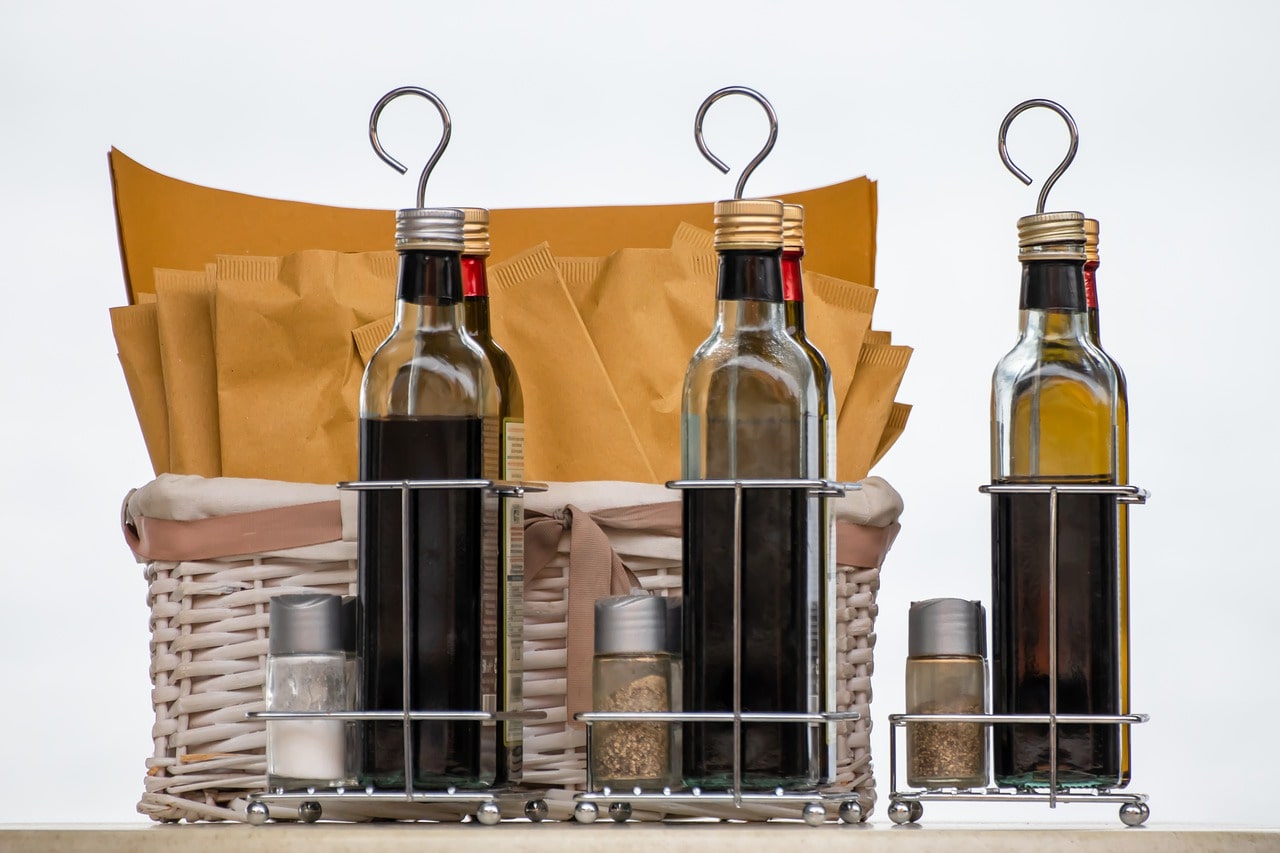Why vegetable oils can damage more than benefit your skin

Vegetable oils are harnessed for the intake of polyunsaturated fatty acids, vitamins and minerals. But, if you don’t pay attention what kind of oils should you really use, it can end badly for your skin.
Here are some rules that everyone should know before buying or opening a bottle of vegetable oil and using it as a cosmetic product.
The production process of vegetable oils
We should understand how vegetable oils are obtained first.
Vegetable oils are obtained from the vegetable side or the flowers of a plant, seeds, nuts and shell/husk. The plants or fruits from which the oils are extracted are grown conventionally or organically (without pesticides and chemical fertilizers). Then they are harvested, cleaned and selected just the best ones (hopefully 😉).
The extraction of the vegetable oils have two methods:
1. the ecological one – by cold pressing (the oldest and healthiest way)
and
2. the conventional or mechanized one, which takes place as follows:
a. The raw material is heated to high temperatures to optimize extraction.
b. It follows centrifugation,
c. and after that, chemical solvents and temperatures up to 200 ° C are involved, followed by the refining, filtration, bleaching, deodorization, recasting and packaging.
After such treatment, the quality of these vegetable oils is questionable. For healthy measures, we should opt for cold pressed vegetable oils.

How to store vegetable oils properly
Cold pressed vegetable oils are rich in unsaturated fatty acids. These fatty acids will oxidize if they get in touch with oxygen from the air.
Automatically the vegetable oils become contaminated (rancid). And a rancid oil is harmful to the skin. It degrades living cell membranes and oxidizes pores, favoring the appearance of wrinkles and acne.
To eliminate this process, the vegetable oils must be stored in dark colored, glass containers and protected from air, light and heat.
Pre-packaged virgin oils can be stored for up to one year in the original container, if they are kept away from light.
However, after unsealing the container, it must be stored properly:
Protected from the light – olive oil, peanut oil, sunflower oil and sesame oil.
In the refrigerator or at room temperature, no more than 6 months: saffron oil, hemp oil, rapeseed oil, wheat germ oil, nut oil, pumpkin seed oil and soybean oil.
Only in the fridge and only 1 to 3 months after opening/unsealing: flaxseed oil and camelina oil.
At low temperatures, some vegetable oils tend to “freeze”. This phenomenon is a natural one and has no effect on their quality.
The oil will return to its liquid form after staying a while at room temperature.
For these reasons we should make a difference between edible and cosmetic vegetable oils. As a rule, biological quality oils for skin care should be obtained through cold pressing (according to standards ( strictly monitored by the certified organizations).
This ensures the highest quality and maximum solitude for the skin, provided that they will be protected from light, heat and oxygen, equally by the manufacturer, distributor and buyer.

Reading vegetable oils label correctly
Extra virgin oil is obtained from the first pressing. It is considered as the highest quality oil. It has a natural aroma, it has a balanced acidity and the ”most wanted” type of oil.
Virgin oil is obtained by using physical or mechanical means, without chemical treatment.
Cold pressed oil is the oil obtained without heat treatment, because once exposed to temperature, the oil loses its nutritional value.
The refined oil has been chemically treated to neutralize the strong taste (considered defective) and the quantity of free fatty acids.
Cooked or raw?
Fatty compounds of animal or vegetable origin are largely degraded by temperature. Their taste becomes sour and dangerous due to released carcinogens such as trans fatty acids and acrolein. Furthermore, vitamins A, D and E are destroyed once they reach 110 ° C!
For cooking or frying it is advisable to use vegetable oils adapted to high temperatures such as:
Peanut oil (220 ° C).
Extra virgin olive oil (210 ° C).
Saturated fats, such as organic palm oil (250 ° C).
I urge you to have the courage and to introduce vegetable oils into your daily skin care routine, because only by using them you will discover how beneficial and suitable they can be for your skin.
Now you know how to make a difference! What kind of vegetable oils do you prefer to use?

